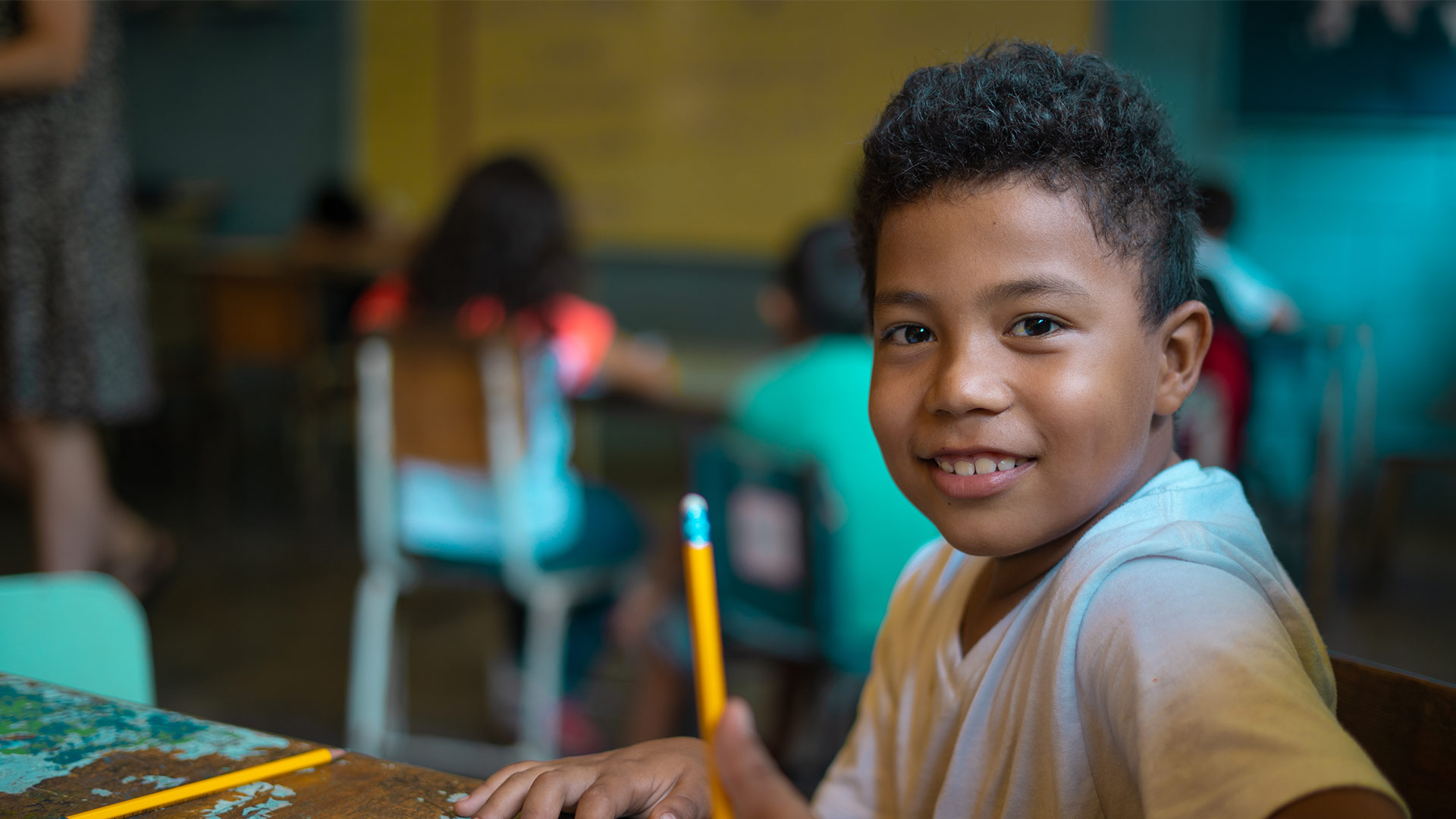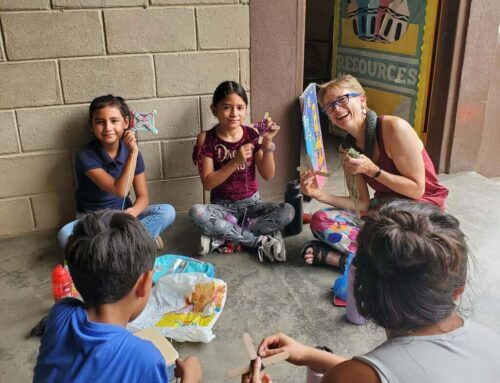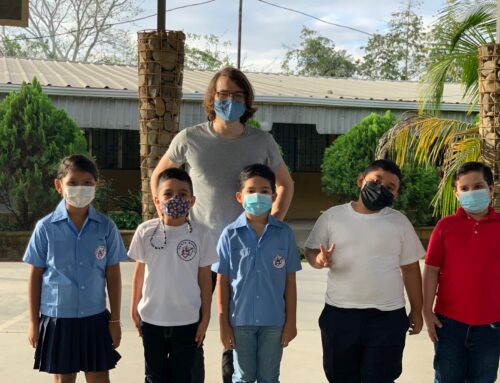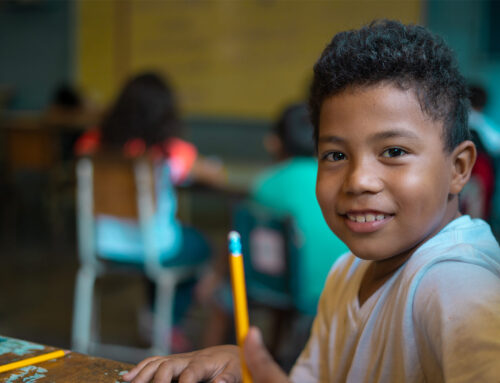One of the things BECA teachers are required to do is go on home visits. Home visits are a great way to get to know your students, their family, and often times for a “problem child”, they are a great way to see why your students are the way they are.
Many students here grow up in broken households. Many have either a father, mother or both parents living back in the states and thus live with their grandparents, aunts or even just family friends. Seeing their living situation and being a part of their most intimate environment makes you understand them a lot more. As they say, to really know someone you gotta know where they come from.
So far I have been on seven homevisits: 3 of my favorite students, 1 of my summer academy favorites, 1 kinder baby and then 2 problem children. Its amazing how completely different each experience has been.
For Example:
I “made” baleadeas and pastelitos at Jahir’s. I put quotations because im not really sure if egg shaped tortillas and collapsed pastelitos really counts as successfully making anything. I now have so much respect for this simple, local cuisine. Preparing it is an art.
I competed in a runway walk-off at Nayeli’s, complete with a hello kitty bonnet and sunglasses.
I watched 2 hours of The Beatle’s deluxe-edition, movie pack complete with interviews, concerts and never-before-seen bonus footage of the band!!!….at Madheline’s.
While I have thoroughly enjoyed most all of my home visits, there is one in particular that has really stuck with me. A couple of weeks ago I went on a home visit to N’s house. “N” is one of our problem kids in Prepa. He is constantly cutting up in class and often brings other kids down with him. The most disappointing part about this is that he is very smart.
It is very frustrating to have a kid that is so intelligent, limit himself because of behavior. N is by far one of the smartest kids we have and I have no doubt that if he would behave more in class, he could even be the smartest. Steph and I really wanted to see what he was like at home to get a better idea of how we could help him be better in class, so we set up a home visit.
His mom told us that their house was difficult to find and that she would just meet us in the park and we could take a motor taxi. The quick motor taxi ride turned into a 15 min drive to dos mil, a neighboring colonia. We realized we weren’t done quite yet when N’s mom told us that we also would have to take a bus further up into the mountains because the motor taxis couldn’t reach their house.
The bus drove us through the poorest neighborhood that I have been in since arriving in Cofradia and we got out right in the thick of it. There were no pulperias in sight, only small rundown houses and open fields.
We walked down a muddy slope and arrived at N’s house, an extremely small, square, cement building. The entire house was probably the size of my apartment‘s living room and bedroom combined. There was no front door to open so you immediately walk into the kitchen/living room upon entering. All that separated this room from the one bedroom was a sheet that was strung from one wall to the other.
Perhaps this was the reason we were not invited inside. Steph and I were given two plastic chairs to sit on outside and a pepsi to quench our thirst. We talked with N’s mom for a little and watched N dance to top 40 songs. His mom said that he was a good musician and that he could play drums so we asked him to play for us.
His mom went in the back and pulled out two painters buckets and two 2L pepsi bottles. Of course this would be his drum set. Yet, much to my surprise this little 5-yr old boy took those pepsi bottles and painters buckets and produced some amazing beats that an Austin drag rat would be quite proud of. All I could think in that moment was “Dear God, we’ve found his outlet – music.”
I told his mom that he was very talented and that she should really push him to continue practicing music because not only is he very good at it, but it could provide some new opportunities for him. She merely laughed and shook her head.
Soon after, dinner was served. N’s mom brought out a plastic table and we ate outside. Now at most home visits they typically serve you baleadas – a fresh tortilla filled with beans, mantequilla, queso seco and, depending on how well off the family is, eggs or chicken as well. Everyone serves this because they can serve you A LOT and it is very cheap to make.
At N’s we did not have baleadas. His mom served us a very small cut of pork, a slice of foot cheese, a dollop of refried beans and corn tortillas. Because she had no chimon (the pico de gallo of Hondo) she substituted by cutting up tomatoes with salt.
Steph and I had been to another home visit earlier that day where we had Carne Asada so neither of us was hungry at all. Yet, it was a moment in which I realized I needed to eat absolutely everything on my plate because even this tiny portion of food was a lot for this family to give. I ate it all.
Afterwards we sat with N’s mom and talked about what it was like growing up in Cofradia as we looked through old photo albums (something ALL Honduran families love to do).
Eventually we got to talking about N and his behavior. N’s mom encouraged us to be strict with him, to pull him in front of the class when he needs discipline and even hinted towards using physical means if necessary. She also told us that N’s dad told him he would be beat the next time he was sent to the office.
For me the pieces started to fit together. Here is a student who is extremely intelligent but also has no means of positive reinforcement in his life. His parents are proud of his achievements yet they punish him severely for his failures. His parents have settled in Cofradia for their whole lives and im sure when N gets older he prob wont think about leaving either. He was born into a family with very little wealth and thus his access to resources is solely limited to that of the school.
Visiting N really shed light on how many of these kids truly rely on school to be their healthy outlet. While visiting the problem kids can feel a bit daunting or at times uncomfortable, I think they really are the most beneficial home visits.
I’ve always known that if you take the time to walk in another person’s shoes you will better understand them. However, I realize now that taking the time to do so with our students will not only give you more leverage in the classroom but deepen your relationship with them as well; a relationship that, for many of our students, could be the only loving relationship in their life.








